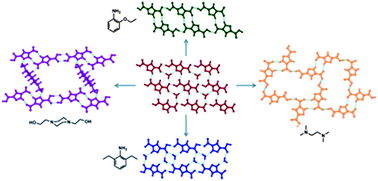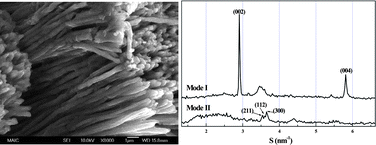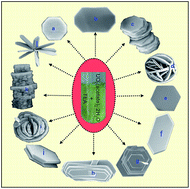
Shaping nano-/microcrystals using a ‘bottom-up’ method needs considerable attention. This is important as the morphology, dimensionality and size of the material can have a effect on its physical and chemical properties.
Read for free until 22nd March 2011 and find out more about these different crystal morphologies here.
Interested in amazing crystal images? Why not check out our Crystal Clear section.
Morphology controlled uranium oxide hydroxide hydrate for catalysis, luminescence and SERS studies
Mukul Pradhan, Sougata Sarkar, Arun Kumar Sinha, Mrinmoyee Basu and Tarasankar Pal*
CrystEngComm, 2011, DOI: 10.1039/C0CE00666A, Paper











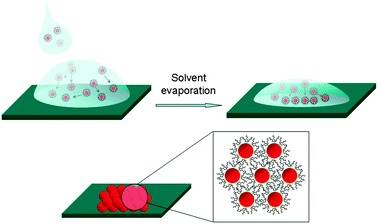
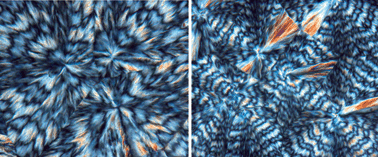
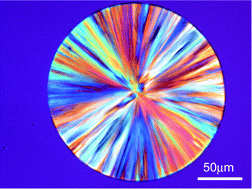
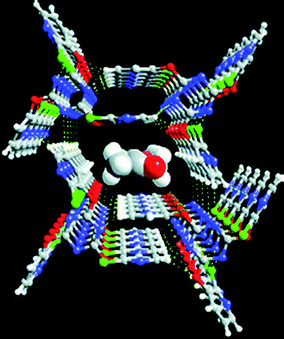
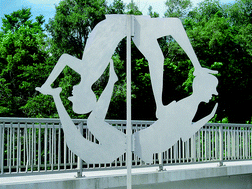 Losing control? “Design” of crystalline organic and metal-organic networks using conformationally flexible buidling blocks
Losing control? “Design” of crystalline organic and metal-organic networks using conformationally flexible buidling blocks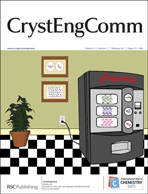 The latest issue of CrystEngComm is now online.
The latest issue of CrystEngComm is now online. 